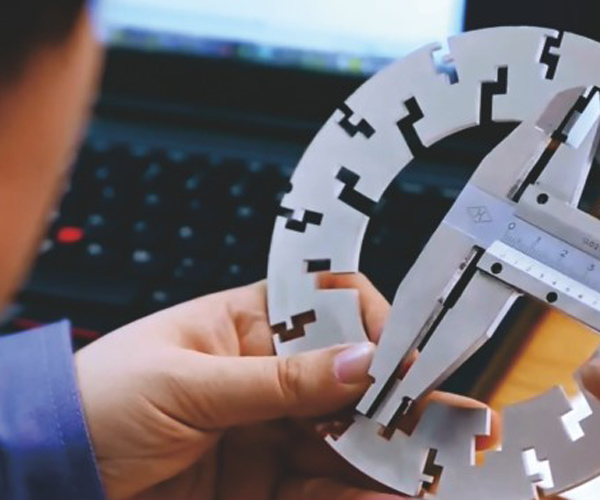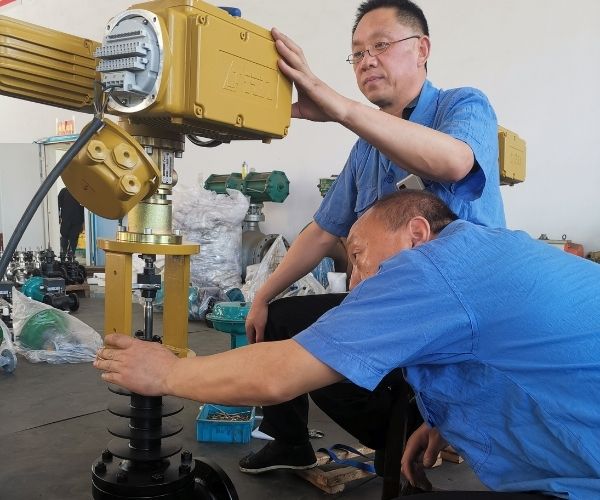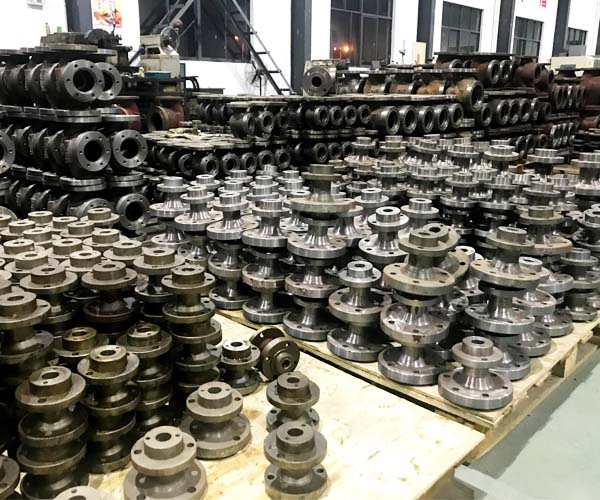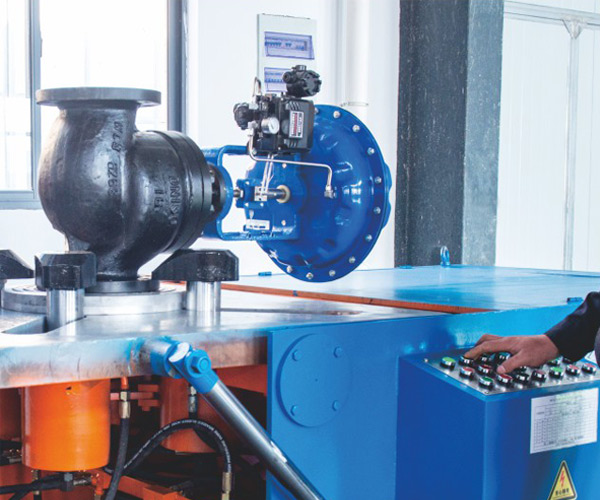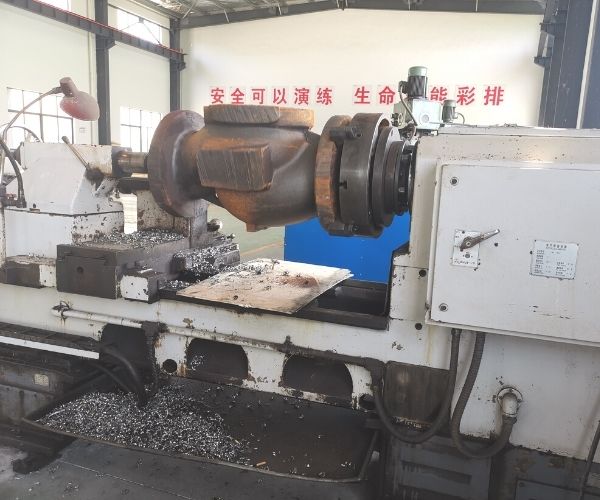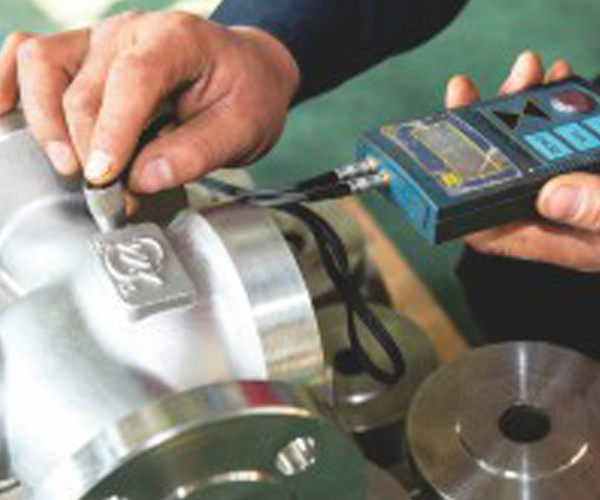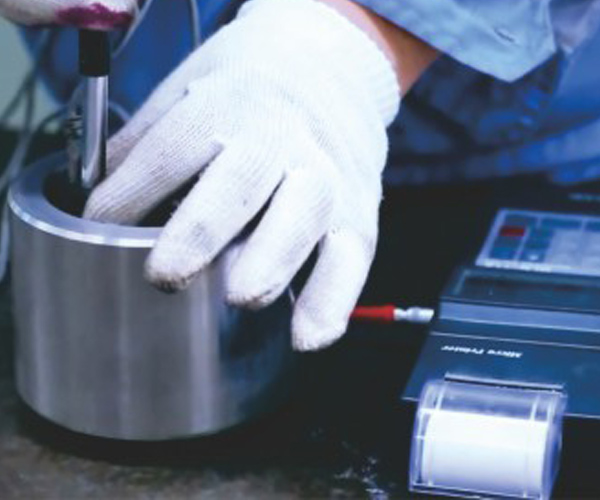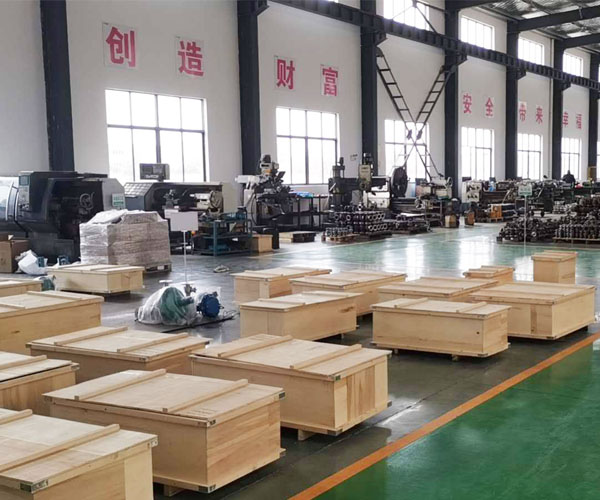Professional Pressure Control Valve Manufacturer
●Reliable.
●No water leaks.
●Automatically conserves water whilst utilized in excessive strain areas.
●Reduces power required to warmth water for showers, dishwashers, washing machines, etc.
●Limits water waste through decreasing glide rates.
●Protects water the usage of home equipment through lowering water strain.
●Saves cash on water costs.
Get in Touch with Us
BCST Your Best Pressure Control Valve Manufacturer
BCST strain management valve allows the law of machine strain to modify the pressure on a hydraulic piston rod or the torque on a hydraulic motor shaft. The pressure control valve is designed to guard against overloading. Unloading valves are designed for monetary strain management in accumulator-operated circuits that function as an electricity supply for emergency management.
BCST your One-Stop Pressure Control Valve Solution
BCST strain manage valves are located in reality each hydraulic machine, and they help in a lot of functions, from retaining machine pressures thoroughly beneath a favored top restrict to preserving a hard and fast strain in a part of a circuit. Types consist of remedy, lowering, sequence, counterbalance, and unloading.
Visit our site at www.bcstvalve.com to understand more about our pressure control valves.
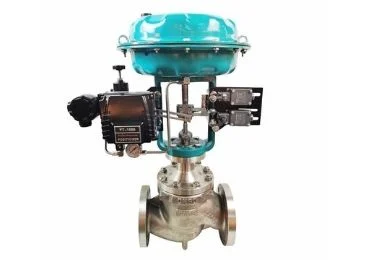
Pneumatic Pressure Control Valve
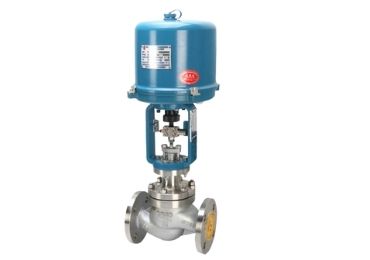
Electric Pressure Control Valve
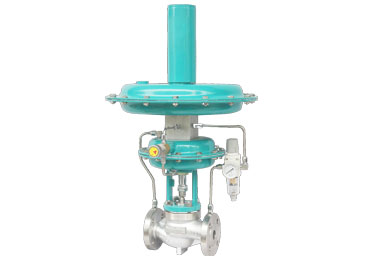
Self Regulating Pressure Control Valve
BEST Pressure Control Valve Supplier from China
BCST substantial choice of pressure control valves gives the fine answer to your requirements. BCST is a skilled and experienced pressure control valve producer. As an ISO-registered company, BCST has a robust expert heritage and informed personnel with over 20 generations of producing and export experience.
BCST has advanced pressure control valves with its very own traits that meet the maximum vital primary concepts of process control. Our merchandise is CE, SIL2 and RoHS approved. BCST is one of the main dependable and strong pressure control valves producers in China. If you`re trying to find a skilled producer for your subsequent project, with robust technical heritage, expert team, and budget-pleasant merchandise, BCST is your maximum appropriate choice.
BCST is your expert associate for managing valve solutions. Welcome to visit our factory.
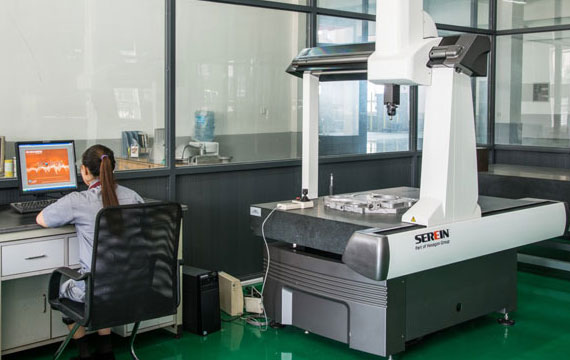
BCST Pressure Control Valve Valve Quality Control
- Technical software caculation
- Technical team meeting
- CAD drawing confirmation
Assembly
- Installation
- Calibration
- Chemical Analysis
- Mechanical Propery
- dimension Checks
- Visual Checks
- Non-destruction Examination
Hydrostatic Test
- Shell test
- Sealing test
- Leakage test
- Air test
- Function test
- CNC machining
- Visual checks
- Dimensional checks
- Liquid penetration test
Outlook Treatment
- Surface Polish
- Painting
- Visual inspection
- Thickness checks
- Visual checks
- Liquid penetration
- Test
- Hardness test
- Lapping
- Dimensional checks
Packing
- Marking
- Exported wooden box
Get the Latest Catalogue Now!
BCST Pressure Control Valve Application
Pressure Control Valve -FAQ
Introduction
The pressure control valve is an essential part of any hydraulic system that assists in a variety of functions, such as keeping pressure below the desired limit and maintaining a set pressure in the circuit. You can find pressure control valves in every pneumatic and hydraulic system.
Before using the pressure control valve, you need to understand the valve’s functions, specifications, advantages, and disadvantages. We will cover important aspects of the pressure control valve in this guide.
1.Why is Pressure Control Valve used?
It is essential to control the pressure in the system. The pressure develops in the valve due to the fluid flow restriction. If we left unchecked, it can cause damage to the system, so it is essential to have a pressure control valve to control pressure levels.
The pressure control valve limits the maximum pressure, sets the backpressure, sends a signal when the set pressure is breached, protects the system from overpressure, and puts pressure when oil enters the circuit. Without having the pressure control valve, the fluid power components could be damaged.
2.What is the Working Principle of Pressure Control Valve?
When the pressure builds up in a hydraulic system, it can cause damage to the system. The pressure control valve prevents this damage and overheating of the system. There are two main categories of pressure control valves; direct-acting valve and pilot operating valve.
Working principle of Direct Acting Valve
The direct-acting pressure control valve consists of a spring, pilot valve chamber, main valve chamber, adjustable screw, and diaphragm chamber. There is a mechanical spring that holds the flow of fluid. You can use the knob to change the tension in the spring that eventually causes the opening of the valve. The pressure causes the valve to open is called cracking pressure. When this pressure is overcome, the fluid will flow. At full relief valve pressure, the valve opens and allows maximum fluid flow.
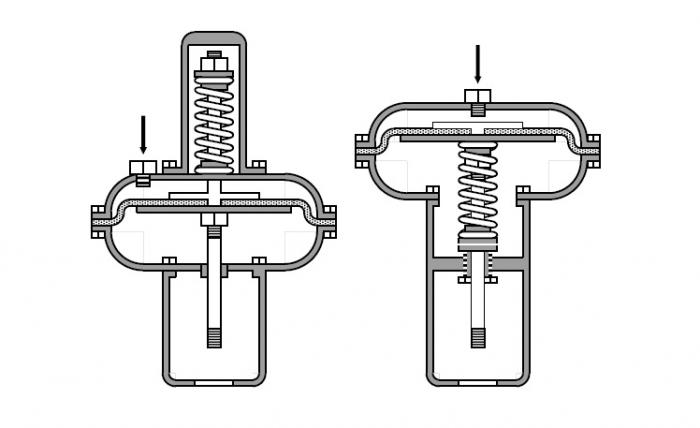
Working Principle of Pilot Operating Valve
The pilot operating valve consists of a spring, an adjustable screw, the main valve chamber, a diaphragm, and a pilot valve chamber. The primary function of the screw is to maintain the pressure. You can increase or decrease the pressure by tightening or loosening the bolt. When you tighten the control screw, it increases pressure on the adjustable spring. It causes the diaphragm to deform and opens the pilot valve.
When the pilot valve opens, the pressurized steam enters the pilot valve; it causes the main diaphragm to open up. The opening of the main valve causes the flow of steam to the downstream line. The balancing line provides pressure on the diaphragm that balances the downward force on the spring. The pilot valve controls the flow of steam to the pilot valve chamber. You can adjust the pressure by holding the adjustable bolt, and the whole system balances automatically.
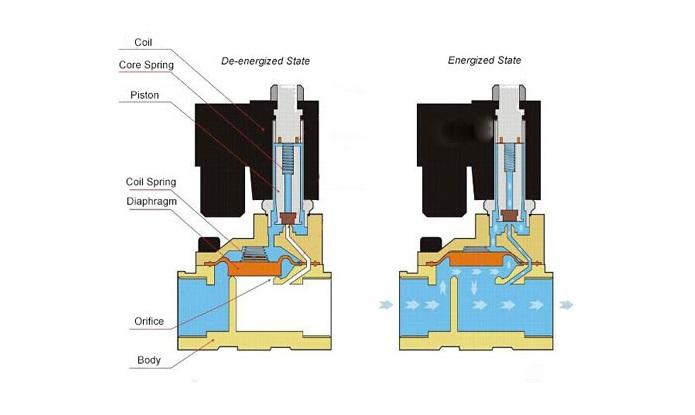
3.What are the Applications of Pressure Control Valve?
The pressure control valve is applicable in various industries, such as nuclear power plants, oil, hydraulic power plants, and pneumatic control systems. It controls pressure in water, steam, and gas systems. The pressure control valve is used widely in areas with high water pressure networks to control the pressure level.
The other applications of pressure control valves include air compressors, controlling the flow of load in pressure reactors, aerospace and aero craft, fuel engines, semiconductor machinery, air gauging, mining industries, tooling, and automation. It limits the maximum pressure by diverting the excessive oil when the pressure gets too high.
4.What is the Working Principle of Relief Pressure Control Valve?
There are forces in the actuator that operate within the pressure range in any hydraulic system. This range is the function of the forces, and one must control or limit these forces to avoid any damage. The relief pressure control valve acts as a safeguard to limit the maximum pressure by diverting excessive oil when the pressure gets too high.
The relief valve can be direct acting or pilot operated. The direct-acting relief valve has no adjusting screw, opening at the preset pressure. A direct-acting relief valve consists of a ball on one side and a spring. The force exerted on the spring is higher than the force on the ball. The port of the valve returns leakage of fluid to the tank.
When the pressure rises, the ball allows the fluid to bypass the reservoir, maintaining the pressure at the valve setting. There is an adjusting screw in the relief valves, and you can use it to compress or decompress the spring. The direct-acting relief valve blocks flow until the force of pressure on the poppet overcomes the pressure on spring force and downstream pressure.
The pilot-operated relief valves are suitable in applications that must relieve large flow with small differential pressure.
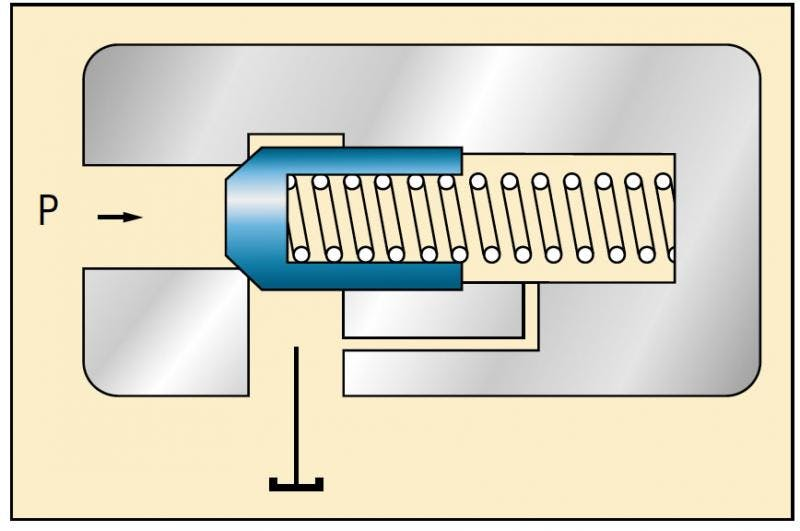
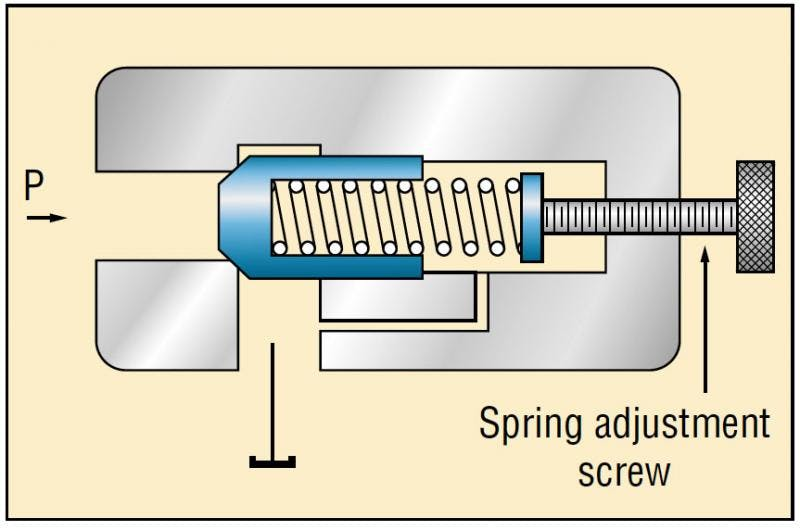
5.How to Install a Pressure Control Valve?
Before purchasing the pressure control valve, you must ensure that you have all the plugs and wrappings to install it. Before installation, make sure that fittings, plugs, and seals are in place. Here are the steps that you should keep in mind while installing.
- Please do not lift the valve by the tubing as it can bend the connection point to break the valve seal. It is better to raise the valve by the body or lift hooks at the top.
- Install the ball valves on the upstream and downstream sides of the control valve.
- Install the pressure control valvein the vertical orientation. The horizontal orientation will result in putting weight on the valve stem that can cause leakage.
- Check the fail position of the pressure control valveby looking at the indicator position in order to see if the valve is open or closed. The open valve means it is set to fail open and close valve is fall close.
- Inspect the valve thoroughly to prevent any dirt on the vent port of the pressure control valve. Dirt will make your supply of gas wet and causes moisture. Use compressed air to pull supply gas.
- While installing, tighten the bolts in a star pattern and replace the flange baskets when damaged.
- Use Teflon tape on the threads to seal the connection that prevents leakage.
6.What is the Importance of Pressure Control Valves?
The pressure control valve is part of every hydraulic system in keeping the system pressure below the desired upper limit. The pressure control valve prevents the bursting and leakage of pipelines. It manages the pressure by removing the excessive pressure. Due to these valves’ high performance and effectiveness, they are used in all hydraulic systems.
With a pressure control valve in the system, you can manage system pressure at regulated levels to ensure static pressure. The hydraulic system can be damaged due to various reasons. For instance, the pump is off-loaded or recirculates back to the tank. A pressure control valve can control the actuator force and pressure and keep them at safe levels.
7.What is the Model Establishment of Pressure Control Valve?
To understand the model’s analysis and processing, we need to make a few assumptions.
- The hydraulic oil effect does not affect the characteristics of the valve, so we will not consider its influence in the modelling process.
- As a frictional force, inertial force and clamping force affect the valve core with small values; its influence will also be ignored in the modelling process.
- No internal and external leakage of the valve will be considered.
- A small distance between the valve core and the sleeve causes the valve core to move in a single degree of freedom along the axis, so the rotational movement to its axis will be ignored.
The valve core balance equation will be:
P1 A1 – P2 A2 –P3A3 = m1 d2x/dt2 + (BS1 + Bx)dx/dt + Kx (x+x˳) + Bw1 x
8.What are the Specifications of Pressure Control Valves?
- It consists of a ball valve that gives high control and rangeability of the regulating element. It helps in operating high flow, high pressure, and high temperature.
- The balancing valves are responsible for maintaining the constant water temperature and compensating for the pressure drop.
- Pressure control valves are pilot-controlled or hydraulically operated with a diaphragm or piston. They have stainless steel or bronze material.
- The indicator rod is an important part of the pressure control valve to show the valve position.
- Valve body, flanges, and covers are made according to the ASTM A 126, class B, or ASTM A 48, class 35 stainless steel. The bronze material of the internal trim will be by ASTM B 62.
- The pilot valve of the main valve is single-seated, diaphragm operated, or spring type. You should install the pilot valve to the main valve for easy adjustments.
9.What are the Advantages of Pressure Control Valve?
The pressure control valve assists in various functions like keeping the pressure below the desired limit and controlling the flow of fluid depending on the signal from the controller. It also controls the flow of liquid, pressure, and temperature. It is also referred to as a final control element in automatic control terminology.
A pressure control valve regulates the opening and closing of the control valve in pneumatic, hydraulic, and electric actuators. Control loops set the temperature and pressure in the operating range. The sensors measure any internal disturbances, and the pressure control valve makes sure to correct these disturbances. The pressure control valve plays an essential role in maintaining the accurate functioning of the system. It ensures the efficiency of the system, operator, and overall company.
10.How Pressure Control Valve Works in Hydraulic System?
Different valves perform various functions in the circuit. The pressure control valve controls the pressure in the hydraulic system by diverting the fluid flow to the alternative path once it reaches preset pressure. The pressure control valve acts as a fuse that protects the system from the excess current by keeping it within a limit.
The downstream pressure actuates the pressure control valve that starts reverse free flow. The valve dumps excess fluid into the tank in high-low pump circuits. These pumps move on the actuator at low pressure and high speed. The pressure control valve keeps the low-pressure drop by sending excess flow coming from the tank.
11.What is a Precision Pressure regulator in a pressure Control Valve?
The purpose of the precision regulator is to provide constant pressure output concerning fluctuating supply pressure. Various reasons can cause fluctuations in the pressure, such as excessive downstream pressure, leakage, temperature changes, changes in pressure flows, etc. Pressure regulators are important for accurate maintenance.
The pressure regulator provides controlled pressure that ensures workspace safety. The overall system will perform more effectively when there is less wastage of pressurized air. You can also prevent damage to the machine and equipment.
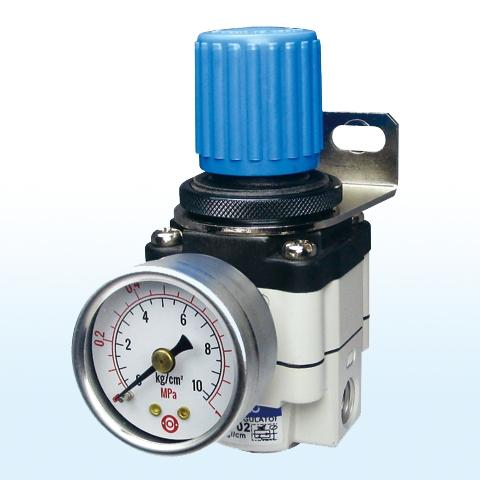
12.What are Manometers, and how do they work in pressure Control Valve?
Manometers are the measuring instrument for measuring pressure. It provides accurate measurement of different pressure values. There are two manometers for measuring pressure, analogue and digital manometers. Analog manometer operates using the hydrostatic balance principle. It has U shaped tube, and both ends are open to measure atmospheric pressure. The fluid level in the two tubes shows the amount of pressure applied.
Digital manometers consist of a pressure transducer device that converts the pressure level into an electrical signal. This signal is proportional to the magnitude of pressure, and you can calibrate the electrical parameter after detection to a pressure reading.
Digital manometers are portable with easy displays as compared to analogue manometers. They don’t need periodic calibrations as digital manometers don’t have primary standards. They also provide accurate measurement because of using computer applications.
13.How to Calibrate Pressure Control Valve?
Calibration is very important to identify the quantitative determination of errors in a measuring device. For safety reasons, calibration should be performed once a year. To calibrate the pressure control valve, you need to follow these steps.
- Determine the set point of the pressure control valve. This set point will anticipate the opening of the valve by controlling the pressure.
- Once you determine the setpoint, make sure there is no leakage.
- Increase the pressure, check the pressure reading in the display, and record it on the measurement datasheet.
- Decrease the flow of pressure slowly and observe the closing of the valve. Record this measurement and then repeat the same procedure 2-3 times.
You should observe three stages during the calibration: set pressure, overpressure, and closing pressure. The set pressure is the pressure reading when the valve releases pressure abruptly. Over-pressure is the pressure when the valve is fully open. Closing pressure is the reseating pressure, and here the valve stops releasing the pressure.
14.How to Select the Right Pressure Control Valve?
For selecting the suitable pressure control valve, you need to keep certain things in mind. You need to understand the material of the valve according to the requirement of the project. The media that flows through the valve can affect the valve’s performance. The wrong material can affect the performance of the valve.
Various corrosive resistant valves can ensure the high performance of the valve. The pressure valve size is also very important in measuring the pressure. If the size is too small, it will be challenging to carry out the task. The incorrect valve size can also damage the system, so it is essential to know the size of the valve based on the requirement of the project.
The third concern is the pricing of the pressure control valve. You need to consider various options and get the pressure valve that works for you.

